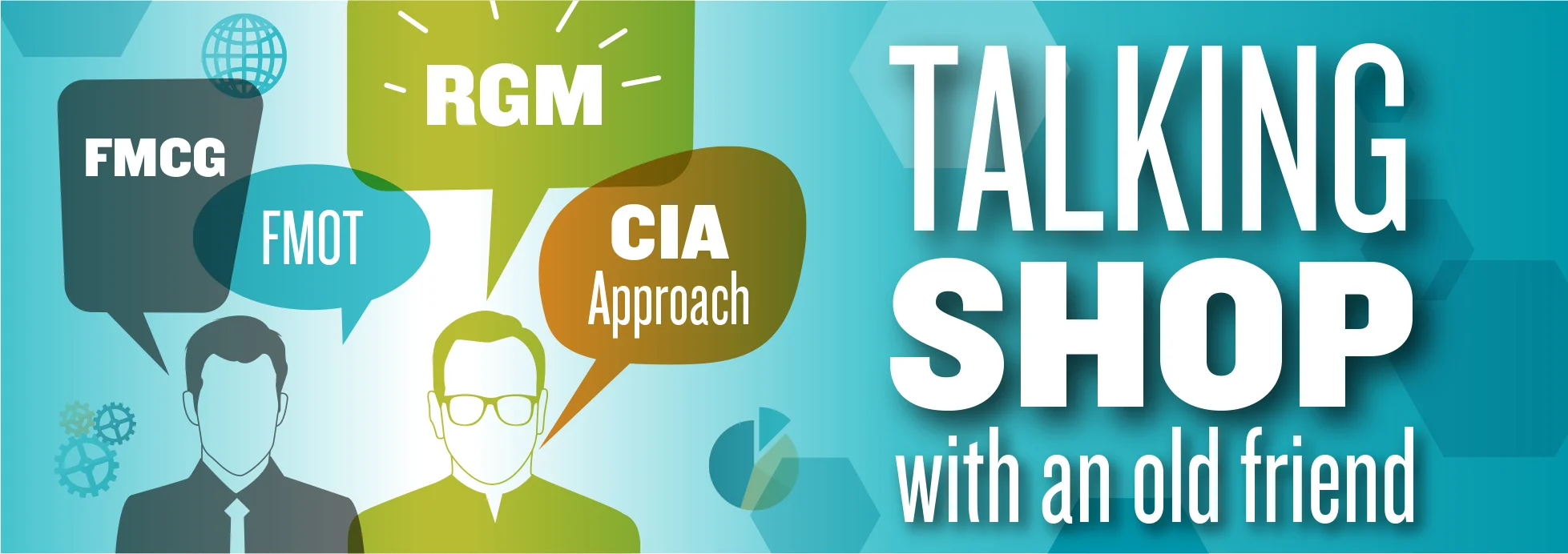While catching up with an old colleague last month, we each shared what we had been working on and swapped opinions on a number of business activities. As the conversation progressed, he suggested that what I was describing at Middlegame was an analytical solution for revenue growth management (RGM). I fully agreed.
Both of us were first exposed to the ideas that support RGM in the late nineties at The Coca-Cola Company when the marketing division was asked to read and apply the Robert Cross book Revenue Management: Hard-Core Tactics for Market Domination. The concept was developed by passenger airlines to combat the rapid increase in the price of fuel and subsequent profit pressure during the seventies. Prior to jet fuel crisis, carriers were able to very loosely manage their “assortment” schedule with flights to almost every destination by planes that often had many empty seats.
The adoption of RGM put an emphasis on creating alliances between the airlines to rationalize the flight scheduling and maximize volume based on revenue seat miles. This was a new metric describing the number of miles each seat in their airplanes flew with a paying traveler. Through cooperation with far less competitive carriers, the alliances generated significant efficiencies to adjust resources to markets where competition was much stiffer. It wasn’t fast-moving consumer goods (FMCG), but it was definitely a Middlegame assortment exercise: SKUs that are redundant and can’t derive a sustainable incremental contribution are dropped to provide more funding to those that are clearly incremental to the portfolio or category.
RGM also led to the introduction of new tiers of service and subsequent price ranges for passengers. Offering economy, business, and first class tickets gave customers choices, but also provided a better revenue picture. Economy class filled the partially empty seats with incremental new buyers (increasing penetration) while business and first class justified higher fares that existing buyers desired (increasing the purchase rate) by clearly demonstrating the value-added versus an economy seat. RGM is a complete marketing portfolio management move no different than the typical assortment, pricing, and merchandising work that we do to help clients balance between incrementality and transferred demand. We simply call it the “wide-angle view”.
My old friend was 100% right about RGM and Middlegame. FMCG may not be in crisis, but what Middlegame is definitely trying to do is bring an analytics framework that encompasses the RGM concepts with how to engage shoppers. P&G calls this the “first moment of truth” or FMOT. FMOT is all about having the right points of interruption, the right products, the right prices as well as incentives for shoppers to make a choice and a purchase decision within three to seven seconds of seeing the product on the store shelf.
Depending on whether the goals of an organization are to grow volume, revenue, or profit, my peer validated the idea that the CIA® approach is focused on providing the insights to establish the required strategy. Subsequent scenario-planning capabilities allow users to optimize the tools available to accomplish the RGM goals.
Middlegame is the only ROMI consultancy of its kind that offers a holistic view of the implications of resource allocation and investment in the marketplace. Our approach to scenario-planning differs from other marketing analytics providers by addressing the anticipated outcome for every SKU (your portfolio and your competitors’) in every channel. Similar to the pieces in chess, each stakeholder can now evaluate the trade-offs of potential choices and collectively apply them to create win-win results.

